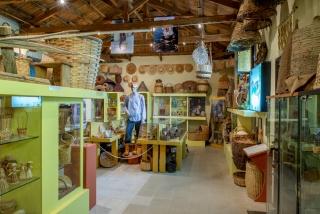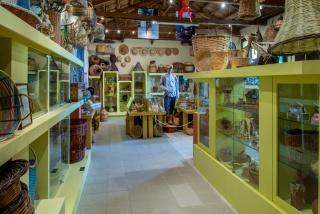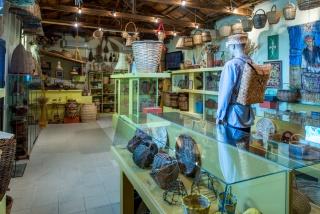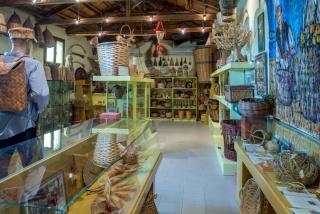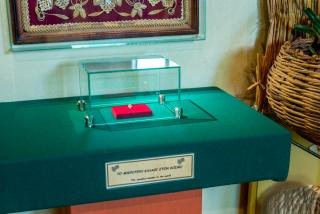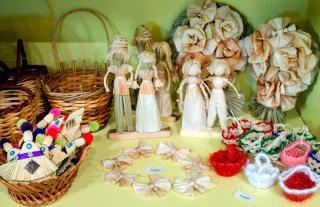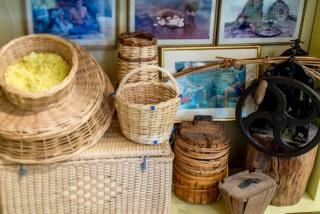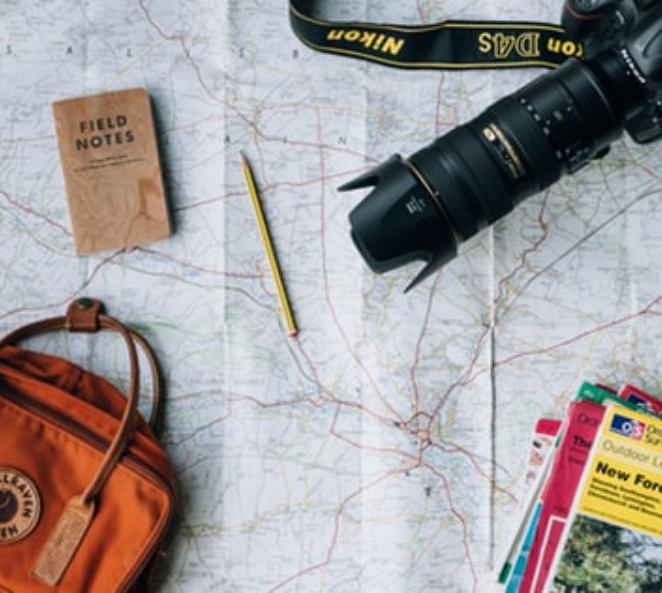The museum is housed in its own space in Thrylorio village, 9.5 km from Komotini following the old highway to Sapes. There is a sufficient signage. The baskets which displayed are from three national sections of Thrace (Greek, Bulgarian, and Turkish). It is the only museum covering thematically three countries of the Balkan Peninsula, inhabited by compact and numerous groups of Roma. Exhibits, which are gathered, constitute an extensive product - geographically and temporally - fieldwork in areas of major Thrace. Through the Museum is attempted the rescue, study, promotion and support (moral and physical) of the ancient art of basketry. Simultaneously, the study of the traditional culture of the Roma is extended in the rescue of their other arts (such as the tinner, blacksmith, of psathopoiou of koskinopoiou of manufacturer combs, etc.), so that after the completion of research to create a panorama Museum of Roma culture. Moreover, to fully covering the history and character of basketry, there are exposed creations of two other basketry traditions: a) oreisivion Rhodope, whose roots reach to the Byzantine period and b) the Greek refugees from the Black Sea, Eastern Romelia and Eastern Thrace. There are small collections of baskets scattered in folk museums, but there aren’t any specialized. It is a rarity for European data and much more for Roma. We have developed linkages and channels of communication with cultural centers of Roma in Europe, as in Budapest, France, England and other countries where similar institutions operate. When referring to institutions of Roma in Europe and they also refer to the Museum of Thrace.
Visits are allowed after a telephone consultation. There are no restrictions on days and hours (including feasts, public holidays, etc.)
The entrance to the museum costs €2 per person (€1 for students)
